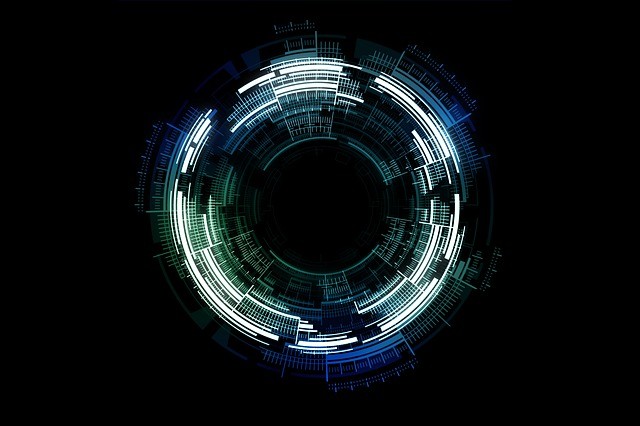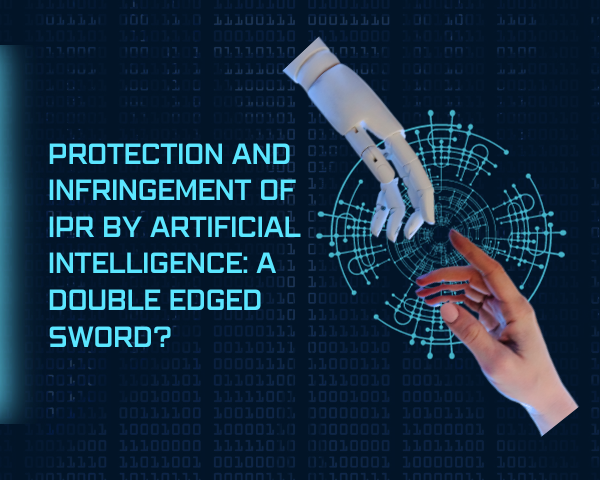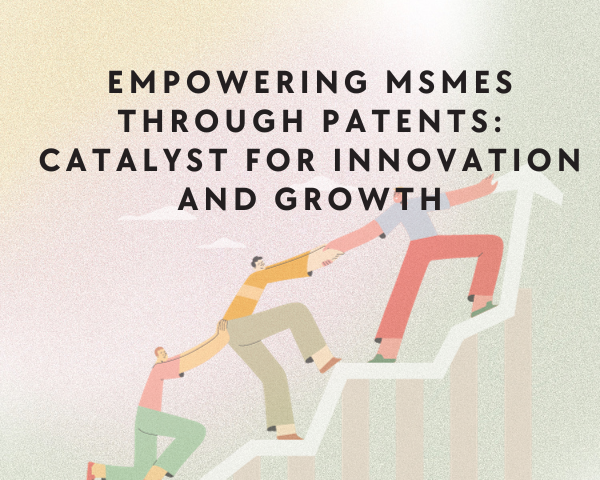Machine learning has come a long way, from simple pattern recognition to beating the top professionals in the strategy board game Go. Machine learning has since seen its applications expand to various other fields, such as personal assistants like Siri, Alexa, Cortana, and Google Now; diagnosing deadly diseases; self-driving cars; development of pharmaceutical drugs; and many more.
The technology is becoming ubiquitous due to its vast scope for applications that are being discovered daily. An emerging application of this technology is in the invention of newer technologies. Apart from the ethical and moral issues surrounding this technology, addressing the protection of inventions derived from it is essential.
First, with the example of Go, let’s understand what machine learning is. Go is a strategy board like chess, but it is far more complex due to its larger board size and the more significant number of alternatives for each move. Go is sometimes considered the hardest and the most complex strategy board game due to the same. Professional Go players in many East Asian countries typically practice for nearly 12 hours daily. Professionals today have reached this level of expertise with knowledge accrued over thousands of years and countless amounts of deliberate practice.
Machine learning is similar to such a kind of practice. In machine learning, the machine is basically given a set of algorithms that helps it determine what is good and what is bad, i.e., winning and losing in the case of Go. The machine then plays and analyzes enormous data/games while applying those parameters. Like how humans learn to find patterns from a given set of data, the machine churns out the data provided to it and eventually derives patterns and formulates strategies. While traditional programming deals with a ‘set of instructions’ applied to ‘inputs’ to produce a desired ‘output,’ the computer is left to analyze the preexisting ‘output’ to devise a set of instructions to apply to the desired ‘input’ on its own in machine learning.
Since machines are not susceptible to fatigue, unlike humans, and also due to the difference in speed of electric signals transmitted through metal conductors and neurons in the human body, the machine can make up for countless hours accumulated by humans in a matter of weeks. Given enough data and time, a computer can surpass humans in any field through machine learning. It is pertinent to note that a computer can only attain expertise in one field through machine learning.
For example, AlphaGo, the computer that defeated the best active player in Go, can only play Go and cannot perform any other task. However, neural networks, which are multiple layers of machine learning algorithms, can perform various tasks. The applicability of neural networks only expands the relevance of this technology to many other tasks and fields. Neural networks are still under development since the number of layers, at least today, is restricted due to the lack of computer power. However, this has not obstructed its applications in other fields.
The application of our interest is the use of this technology ‘for’ inventions. Machine learning and neural networks have become popular among scientists to create or assist in their inventions. This technology has especially become popular in medicine and pharmacology, where a new variety of diagnoses, treatments, and drugs are devised by machines or with the help of such machines. The technology is also used in other fields, such as physics and engineering, to develop new experiments and inventions. With the advancements in neural networks, the scope for inventions will only expand.
But can these computers or computer-assisted inventions be protected?
Machine learning algorithms are, per see, not patentable by virtue of being mathematical methods. This means that inventions which merely use the algorithm to come up with a model or a combination of values for certain variables for an invention cannot be patentable. On the other hand, machine learning algorithms with a technical character and practical application can be patented. The algorithms which are a part of the invention, which again is industrially applicable, can be and have been patented in the past. For example, IBM patented machine learning models for pharmaceutical drug discovery.
However, this leaves one issue unanswered. Can inventions created by machine learning models be protected by the current intellectual property laws? If yes, who would claim its ownership?
This issue is still up for debate, though the law is leaning towards protecting intellectual property created by a ‘person’ or ‘human.’ Some proponents, like Professor Ryan Abbott from the University of Surrey, support granting protection to such machines. However, it has received significant criticism from many professionals and scholars. At present, the law is unclear and vague as to this aspect.
Machine learning is still in its infancy and is in no position to replace inventors (yet!?). Still, these issues cannot go unaddressed and need urgent attention as technology is burgeoning and expanding to various fields. It will tell whether laws over the coming years will answer such questions.
You may also be interested to read the following relevant articles:
Can We Get Software Patents in India?
The Road to Virtual Assistant Ubiquity
The Guidelines For Computer Related Inventions in India
Artificial Intelligence and Intellectual Property Rights
How AI Will Change the IP Industry




